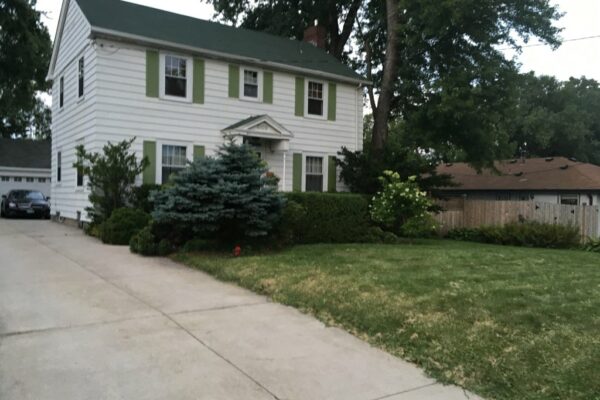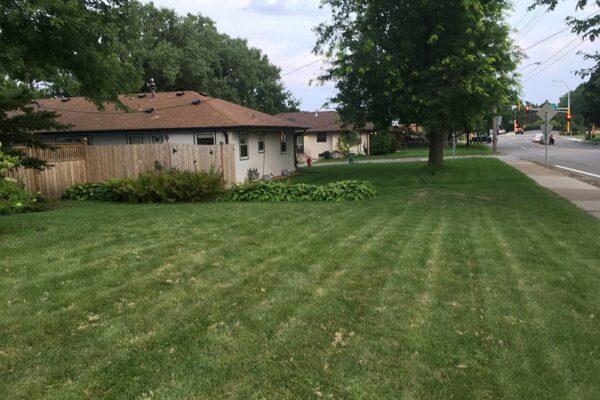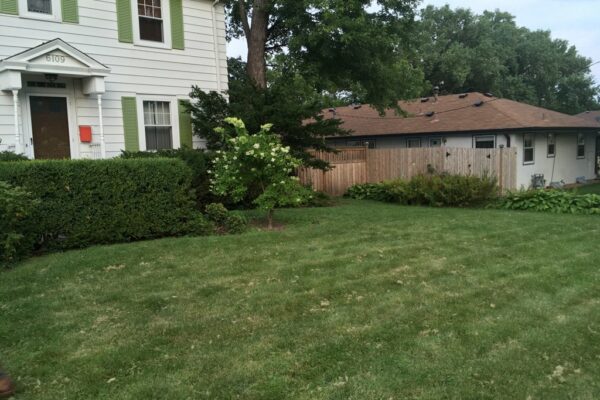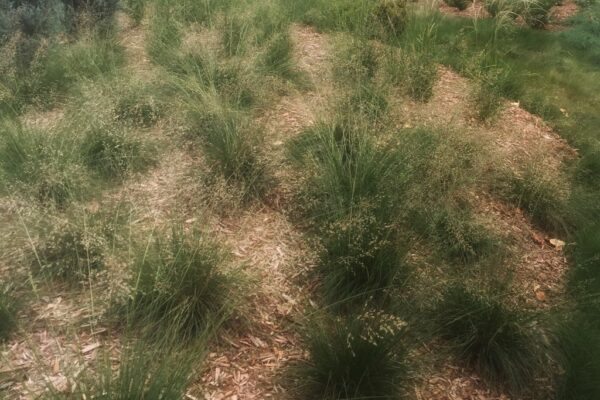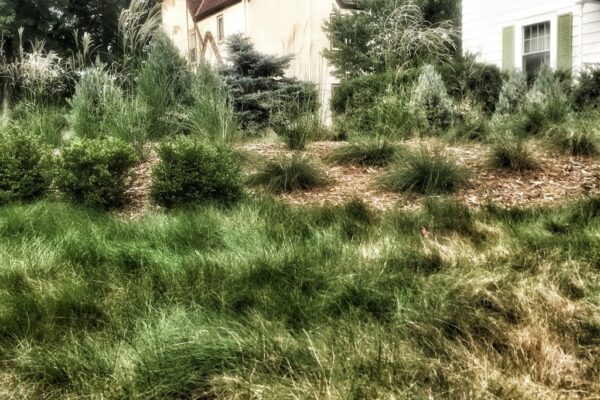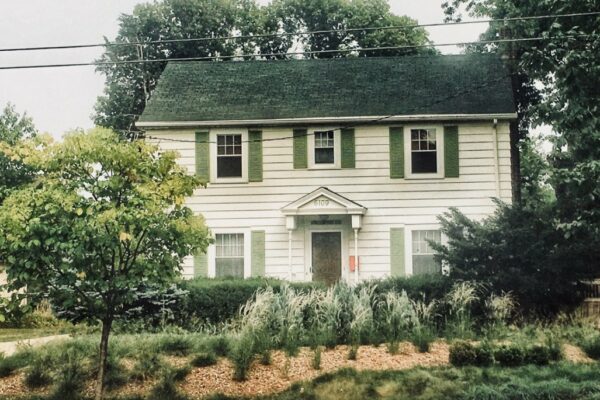Despite the fact that three quarters of the 116 million households in the United States have turf as their main landscape, “traditional” lawn is not for everyone. Our progressive-thinking clients wanted an alternative to the traditional lawn. Their goal was to free themselves of the many lawn inputs including fertilizer, herbicides, pesticides, gasoline for mowing, and water for irrigation required to maintain a “perfect” traditional turf yard. Eliminating these inputs would reduce the cost and time of maintaining their space and the impact on the environment by not relying on fossil fuels and chemicals which can run off via stormwater and enter the watershed.
We removed the traditional lawn through sheet mulching and small scale hand-removal, but kept the turf we removed on site and flipped it into berms that created a new gentle rather than flat typography. By choosing this method, we kept and reused all the organic material on site, and therefore didn’t need to use resources to haul the old away and purchase new material.
To plant the new lawn, we selected a combination of native grasses and non-native cultivars including no mow-fescue, blooming pollinator plants, and conifers as dots of interest in the winter. Now, this “lawn” offers many more environmental benefits and an aesthetic alternative to the previous turf lawn. An added benefit for the homeowners is privacy, as the new topography and plantings act as a screen from the traffic and noise from their busy urban street.


